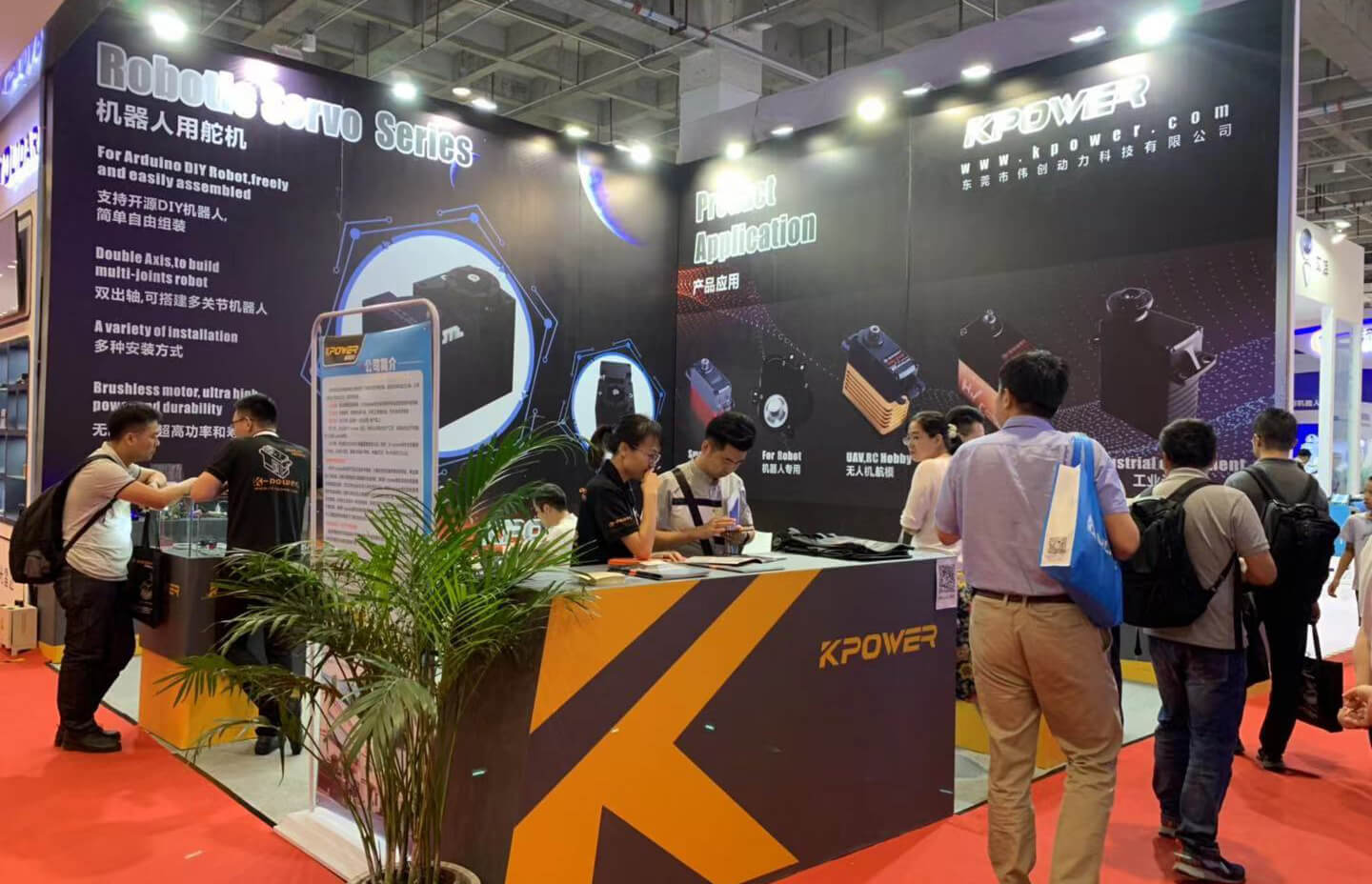Introduction: Embracing the Future of Motion Control
In the realm of robotics and automation, motion control is the heartbeat of innovation. Whether it's animating a robotic arm, creating an interactive art installation, or building a smart home device, the ability to precisely control movement opens endless possibilities. Among the myriad of components that enable this, servo motors stand out for their ease of use, precision, and versatility.

Traditionally, servo motors are known for their angular rotation, usually limited to 180 degrees. But as technology progresses, 360-degree servo motors have emerged, opening avenues for continuous rotation applications. These are particularly intriguing for hobbyists, students, and engineers wanting to explore new horizons with Arduino. The integration of a 360-degree servo motor with Arduino can turn simple projects into dynamic, responsive systems capable of full circular motion.
This article aims to unravel the process of coding and controlling 360-degree servo motors with Arduino. From understanding the hardware basics to writing custom code that leverages the motor's full potential, you'll find a comprehensive guide designed to inspire your innovation. Whether you're a beginner or an experienced maker, there's something here to spark your creativity.
Understanding 360-Degree Servo Motors
Before diving into the coding specifics, it’s important to understand what distinguishes a 360-degree servo from its standard counterpart. Most classic servos rotate within a limited range—typically 0 to 180 degrees—making them ideal for precise positioning tasks. However, a 360-degree servo, also known as a continuous rotation servo, can spin endlessly in either direction.
Unlike standard servos, which are position-controlled, 360-degree servos are speed-controlled. This means you don’t set a position for the motor; instead, you set the speed and direction. When you send a PWM signal to a 360-degree servo, you're instructing it to turn clockwise, counter-clockwise, or stop, depending on the signal’s pulse width.
Hardware Essentials
Arduino Board: Any model compatible with PWM control, such as Arduino Uno, Mega, or Nano. 360-Degree Servo Motor: Ensure it’s a proper continuous rotation servo. Power Supply: Depending on motor specifications, sometimes external power supplies are preferred to prevent overloading the Arduino. Connecting Wires: Jumper wires for connecting the servo signal, power, and ground pins.
Basic Wiring
Connect the servo’s power pin (red) to the 5V pin on the Arduino. Connect the servo’s ground pin (black or brown) to the Arduino ground. Connect the control pin (white or yellow) to a PWM-capable digital pin (e.g., pin 9).
Key Considerations
Powering the Servo: Continuous rotation servos can draw significant current, especially under load. It’s advisable to power them independently if you're controlling multiple or if the servo is under strain. Signal Timing: Unlike standard servos that respond to specific pulse widths for position, continuous servos interpret pulse width as speed.
Writing Arduino Code for a 360-Degree Servo
Controlling a 360-degree servo with Arduino involves sending appropriate PWM signals. The core idea is to manipulate the pulse width to command direction and speed:
Neutral (Stop): Usually around 1500 microseconds Clockwise Rotation: Pulse widths less than 1500 microseconds Counter-Clockwise Rotation: Pulse widths greater than 1500 microseconds
Using the Servo Library
Arduino’s built-in Servo library simplifies PWM control. Here’s how you can initialize and control the servo:
#include Servo myServo; // create servo object void setup() { myServo.attach(9); // attach servo to pin 9 } void loop() { // Spin clockwise myServo.writeMicroseconds(1300); delay(2000); // Stop myServo.writeMicroseconds(1500); delay(1000); // Spin counter-clockwise myServo.writeMicroseconds(1700); delay(2000); // Stop myServo.writeMicroseconds(1500); delay(1000); }
This code commands the servo to rotate clockwise for 2 seconds, stop, rotate counter-clockwise for 2 seconds, then halt again.
Enhancing Control: Smooth Acceleration and Deceleration
To make movements more natural and precise, you can implement gradual acceleration or deceleration by incrementally adjusting PWM signals over time. Here’s an illustrative example:
void accelerate(int startSpeed, int endSpeed, int duration) { int steps = abs(endSpeed - startSpeed); int stepDelay = duration / steps; int stepSize = (endSpeed > startSpeed) ? 1 : -1; for(int speed = startSpeed; speed != endSpeed; speed += stepSize) { myServo.writeMicroseconds(speed); delay(stepDelay); } }
This function creates smooth transitions by incrementally changing the PWM value over a specified duration.
Practical Applications: Projects and Ideas
With controlled 360-degree servos, a world of opportunities opens up:
Robotic Wheels: Implement omnidirectional movement with wheel modules capable of rotating endlessly. Pan-and-Tilt Systems: Create surveillance cameras or interactive displays with smooth 360-degree panning. Art Installations: Develop kinetic sculptures that rotate continuously, responding to sound, movement, or user inputs. Remote-Controlled Vehicles: Enable steering mechanisms for robots or cars that need continuous steering control.
In this first part, we've covered the basics of understanding the 360-degree servo motor, wiring, control principles, and foundational code snippets. As we explore further into more complex programming, sensor integration, and project ideas, you'll gain the confidence to transform these insights into fully functioning prototypes.
Kpower has delivered professional drive system solutions to over 500 enterprise clients globally with products covering various fields such as Smart Home Systems, Automatic Electronics, Robotics, Precision Agriculture, Drones, and Industrial Automation.




































